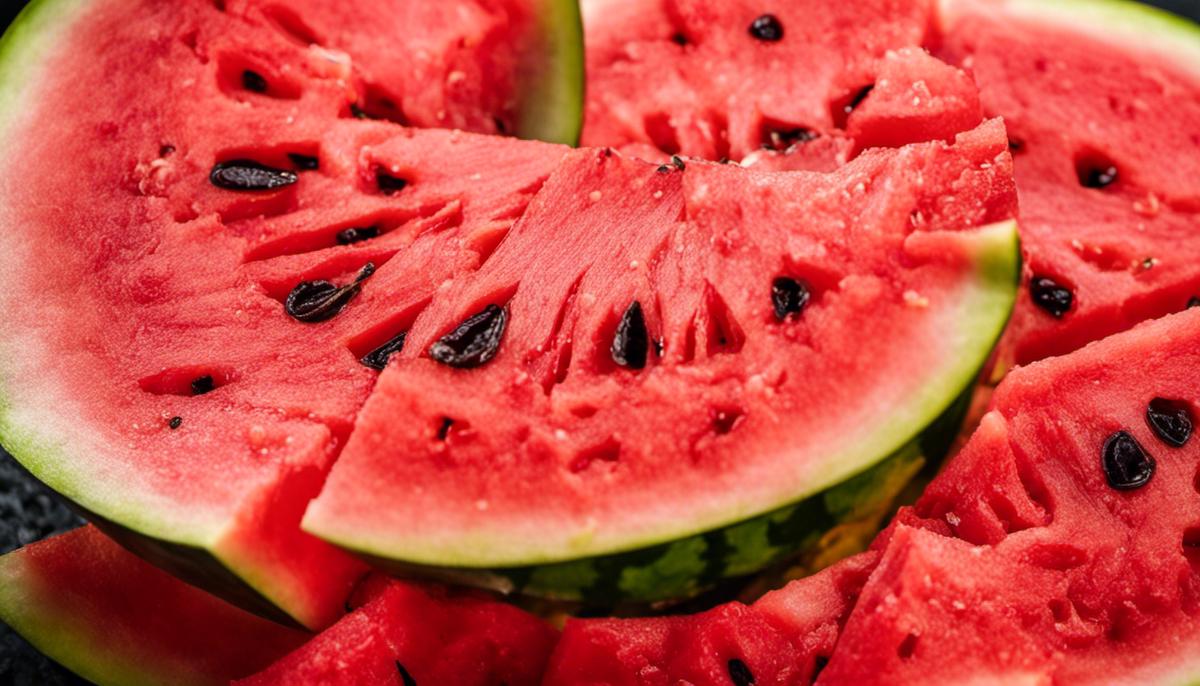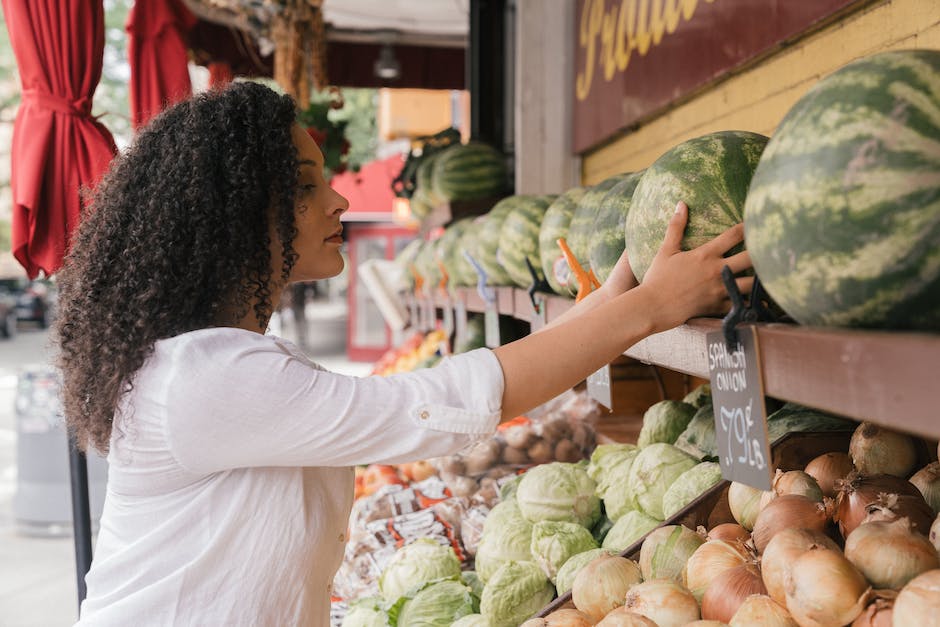Mastering the Art of Seedless Watermelon Planting

Seedless watermelons – they’re a summertime favorite due to their sweet, juicy content and lack of pesky seeds, but how do these miracles of nature come to be? This process is no accidental feat, but an extraordinary result of careful biological manipulations and impeccable gardening technique. From understanding the unique genetic makeup of these watermelons and their reproduction through parthenocarpy, to the meticulous preparations needed in your garden for their growth, we’ll be taking a comprehensive look at their journey from seed to fruit. Through a detailed guide on planting, tending, and troubleshooting potential issues, this piece aims to equip you with knowledge to successfully cultivate these fruits in your own garden.
Understanding Seedless Watermelons
Title: The Fascinating World of Seedless Watermelons: Understanding Their Anatomy and Reproduction
How many of you have bitten into a juicy slice of watermelon, just to find your mouthful interrupted by annoying, tiny black seeds? Well, the fond memories of backyard barbecues just got more appealing as seedless watermelons save the day. But, have you ever wondered what makes these summer treats seedless and how exactly they reproduce? Let’s dive into the enigmatic journey from seed to fruit and uncover the mysteries of this unique botanical wonder.
Seedless watermelons are not a newfangled, genetically modified creation. They have been around since the 90s and are technically a type of watermelon with underdeveloped seeds, referred to by agricultural connoisseurs as “triploid” watermelons. The secret lies in its chromosomes.
Regular watermelons, known as diploid watermelons, have twenty-two chromosomes. To create seedless watermelons, a chemical called colchicine is used to alter diploid watermelons, doubling their chromosome number to forty-four, making them tetraploid watermelons. When a tetraploid watermelon pollen unites with a diploid, the resulting offspring is a triploid watermelon with 33 chromosomes. The odd number of chromosomes means the seeds don’t develop fully, making the watermelon seedless.
These tiny white seeds in a seedless watermelon are technically the underdeveloped seeds that couldn’t mature due to the aforementioned chromosomal imbalance. Dubbed ’embryonic seeds,’ they are smaller, softer and infinitely more palatable than their fully developed counterparts.
To reproduce seedless watermelons, it requires a bit of human intervention. Both triploid (seedless) and diploid (seeded) plants are grown side by side in a field. Bees and other pollinators transfer pollen from the flowers of the diploid plant to the triploid plant’s flowers. This process stimulates the growth of the fruit. However, because of the chromosomal difference, there’s no viable seed formation.
It’s necessary to note that seedless watermelons are not self-sustaining. To continue their propagation, there’s a need to plant new diploid watermelons each season to continue the pollination process.
Seedless watermelon cultivation is thus an art that balances botany and the practical need for tasty, easy-to-eat fruit. Next time you relish a bite of that delightful seedless watermelon, you can appreciate the delicate science and hard work that has been put into ensuring your fruit-filled enjoyment. From chromosome manipulation to strategic cultivation, the journey of a seedless watermelon is truly a marvel of modern agriculture.
So, the next time someone at a summer cookout strikes up a conversation about seedless watermelons, you’ll know exactly what to say! Enjoy your watermelon wedges, seed-spitting contests are officially a thing of the past!

Preparing Your Garden for Planting
The Art of Preparing Your Garden for Watermelon Planting
Delving into the complex world of seedless watermelon cultivation embodies the intrigue that avid gardeners find irresistible. But planting doesn’t just happen; it is a process that calls for the careful preparation of the garden. A dedication that pays off when you’re eventually basking in the lush, sweet satisfaction that watermelons provide. So, let’s explore how you can seamlessly prepare your garden for planting watermelon—yes, those juicy spheres of summer goodness.
Starting off, choosing the right location is key. Watermelons require plenty of sunlight for optimal growth; therefore, a south-facing plot is highly recommended. Look for a spot that gets at least six to eight hours of direct sunlight each day. Longer exposure to sunlight ensures the fruits develop that signature sweetness that watermelon enthusiasts crave.
Soil preparation is equally important. Watermelons grow best in well-draining, sandy-loam soil with a pH between 6.0 and 7.0. If your garden soil doesn’t meet this specification, amending it with organic matter like compost or well-rotted manure will improve its structure and fertility. Raising the planting beds slightly may also enhance soil drainage, critical for preventing root rot and other water-related diseases. Additionally, incorporating a well-balanced fertilizer into the soil before planting can provide the necessary nutrients for robust growth.
Consider implementing crop rotation. Planting watermelons in the same location year after year may lead to a build-up of diseases and pests in the soil. As a preventive strategy, rotate your watermelon patch with crops from different plant families like legumes or grains. This practice not only reduces the chance of soil-borne diseases but also helps replenish soil nutrients, promoting healthier, more productive plants.
Last but not least, watering is a crucial part of readiness when it comes to planting watermelons. The soil should be adequately moist but not waterlogged. Employing a soaker hose or drip irrigation system can provide a steady and sustained supply of water, maintaining perfect soil moisture content.
Proper planning and preparation can make all the difference in the world of watermelon cultivation, so take the time to prepare your garden well. The work is genuinely worth it when you slice into a ripe, juicy watermelon, a delectable reward for your planting prowess. Happy gardening!

Planting and Caring For Your Watermelons
Let’s dive straight into the next step – planting. Once all the preparation is done, place those charming seedless watermelon seedlings into the ground that’s already been manicured to perfection, ensuring not to exceed two plants per hill. Each hill needs to be spaced approximately 4 feet apart and the rows at a gap of about 8 feet. A precise measure is vital here because watermelons do love their space to sprawl and stretch.
Now, here comes the most attention-demanding phase – caring for your watermelons. Undeniably a major commitment but equally rewarding! To start with, be mindful of the watering schedule. Early morning is the best time for watering, as it allows the foliage to dry before the night falls, thus curtailing the risk of disease. While at it, favor deep watering over frequent light watering. This encourages the roots to grow downward, making the watermelons resilient during those drier days.
Following the initial planting, apply a slow-release nitrogen fertilizer and then a balanced one, post the blossoming of first flowers. This will ensure your seedless warriors have ample stamina to fight through to the fruition stage.
While the vines are growing, it may be necessary to redirect them so they stay within their boundaries. A gentle nudge should do it; they usually tend to follow the sun. Regular checkups are required to remove any weeds and to keep an eye out for pests or diseases; the earlier one spots these nuisances, the better it is to curtail their potential harm.
A crucial part of seedless watermelon cultivation is – pollination, and for that to happen, diploid watermelons need to be planted nearby. Every third or fourth plant should be a diploid for effective cross-pollination. Insects, especially bees, will carry pollen from the blossoms of the diploid melons to the blossoms of the seedless ones.
Once a fruit is formed, gently place a piece of straw or cardboard under it. This small intervention can protect your produce from rot and pests. Similarly, during hot, dry periods, leaves may be coaxed to provide a little natural shade for the fruits, which helps prevent sunburn.
Recognizing a perfectly mature watermelon is indeed an art. The time from flowering to fruit harvest is around 70-85 days. An indicator is the ground spot. Once the watermelon ripens, this part of the fruit lying on the ground changes from white to a yellowish cream tone.
So, imagine the joy of reaching in between the vines to pick a beautifully ripe watermelon. Each successful harvest is testament to your commitment and perseverance, making this hobby not just about the process, but the fruitful end that’s completely worth it! Now let’s get those green thumbs to work and grow some fantastic, juicy, seedless watermelons!

From understanding the complex science behind how seedless watermelons come to be, to prepping your garden, planting, and caring for these unique fruits, there’s a world of art and science behind every juicy bite. Through this exploration, we’ve unveiled the marvels hidden behind the sweet, refreshing crunch of these summer favorites. With the insights and knowledge gathered, it’s time to embark on the rewarding journey of growing your own seedless watermelons. Remember, gardening is a labor of love and patience, and the result will be a satisfying taste of success in the form of plump, juicy, and seedless watermelons grown right in your backyard.



